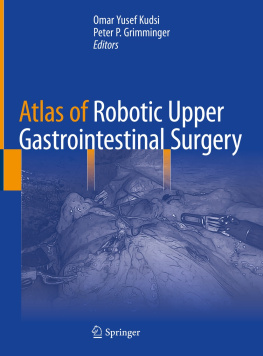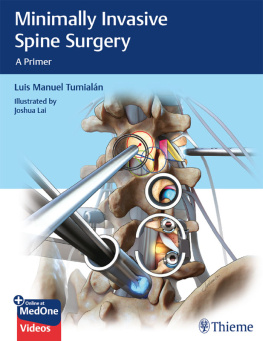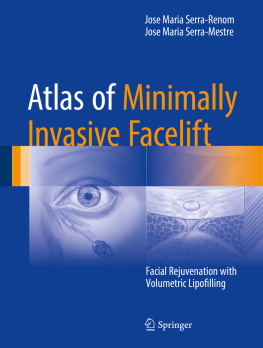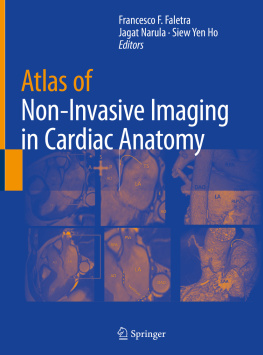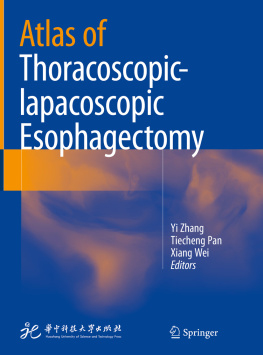Contents
Guide
Page List
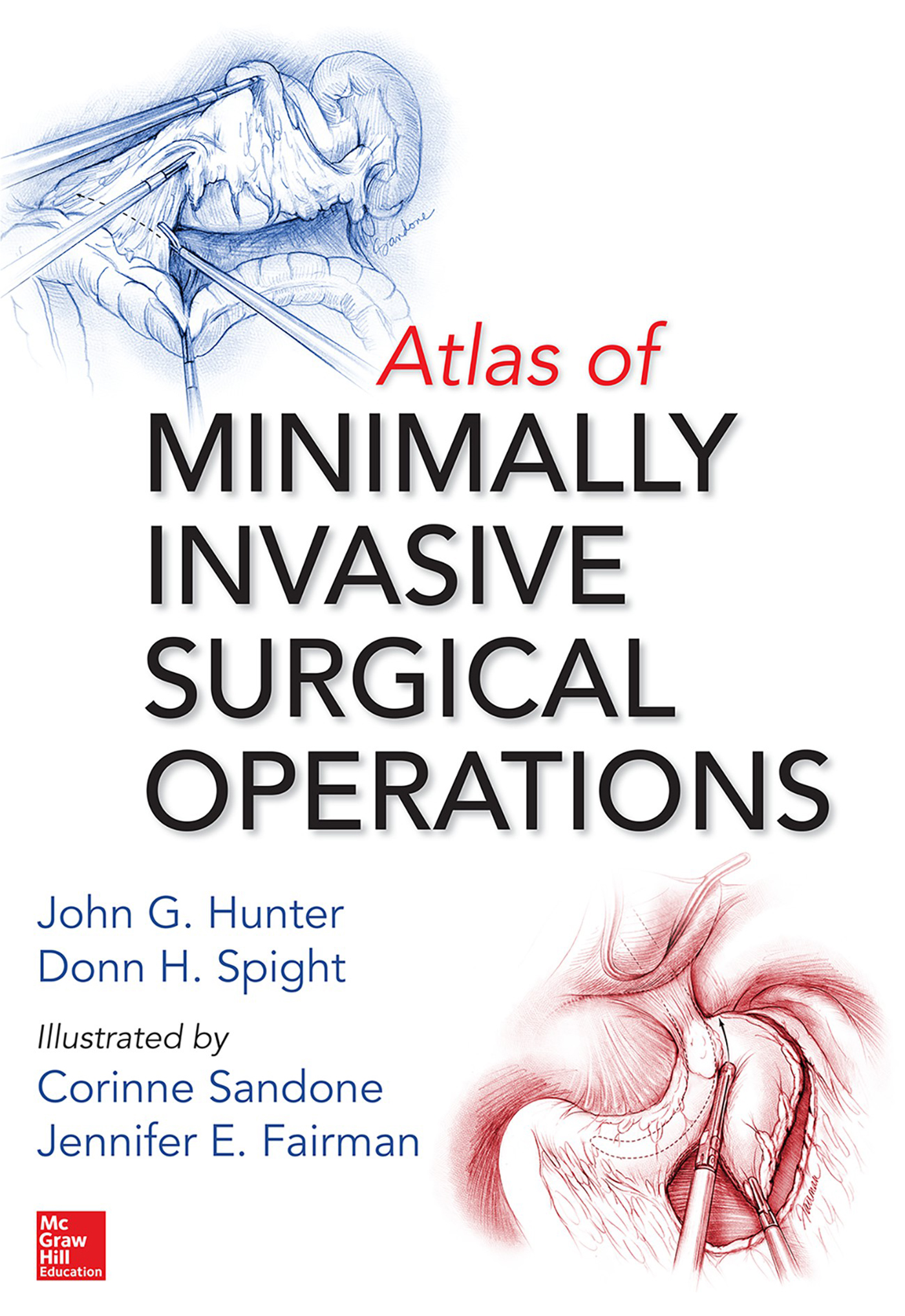
NOTICE
Medicine is an ever-changing science. As new research and clinical experience broaden our knowledge, changes in treatment and drug therapy are required. The authors and the publisher of this work have checked with sources believed to be reliable in their efforts to provide information that is complete and generally in accord with the standards accepted at the time of publication. However, in view of the possibility of human error or changes in medical sciences, neither the authors nor the publisher nor any other party who has been involved in the preparation or publication of this work warrants that the information contained herein is in every respect accurate or complete, and they disclaim all responsibility for any errors or omissions or for the results obtained from use of the information contained in this work. Readers are encouraged to confirm the information contained herein with other sources. For example and in particular, readers are advised to check the product information sheet included in the package of each drug they plan to administer to be certain that the information contained in this work is accurate and that changes have not been made in the recommended dose or in the contraindications for administration. This recommendation is of particular importance in connection with new or infrequently used drugs.

Copyright 2018 by McGraw-Hill Education. All rights reserved. Except as permitted under the United States Copyright Act of 1976, no part of this publication may be reproduced or distributed in any form or by any means, or stored in a database or retrieval system, without the prior written permission of the publisher.
ISBN: 978-1-25-958588-3
MHID: 1-25-958588-3
The material in this eBook also appears in the print version of this title: ISBN: 978-0-07-144905-2,
MHID: 0-07-144905-1.
eBook conversion by codeMantra
Version 1.0
All trademarks are trademarks of their respective owners. Rather than put a trademark symbol after every occurrence of a trademarked name, we use names in an editorial fashion only, and to the benefit of the trademark owner, with no intention of infringement of the trademark. Where such designations appear in this book, they have been printed with initial caps.
McGraw-Hill Education eBooks are available at special quantity discounts to use as premiums and sales promotions or for use in corporate training programs. To contact a representative, please visit the Contact Us page at www.mhprofessional.com.
TERMS OF USE
This is a copyrighted work and McGraw-Hill Education and its licensors reserve all rights in and to the work. Use of this work is subject to these terms. Except as permitted under the Copyright Act of 1976 and the right to store and retrieve one copy of the work, you may not decompile, disassemble, reverse engineer, reproduce, modify, create derivative works based upon, transmit, distribute, disseminate, sell, publish or sublicense the work or any part of it without McGraw-Hill Educations prior consent. You may use the work for your own noncommercial and personal use; any other use of the work is strictly prohibited. Your right to use the work may be terminated if you fail to comply with these terms.
THE WORK IS PROVIDED AS IS. McGRAW-HILL EDUCATION AND ITS LICENSORS MAKE NO GUARANTEES OR WARRANTIES AS TO THE ACCURACY, ADEQUACY OR COMPLETENESS OF OR RESULTS TO BE OBTAINED FROM USING THE WORK, INCLUDING ANY INFORMATION THAT CAN BE ACCESSED THROUGH THE WORK VIA HYPERLINK OR OTHERWISE, AND EXPRESSLY DISCLAIM ANY WARRANTY, EXPRESS OR IMPLIED, INCLUDING BUT NOT LIMITED TO IMPLIED WARRANTIES OF MERCHANTABILITY OR FITNESS FOR A PARTICULAR PURPOSE. McGraw-Hill Education and its licensors do not warrant or guarantee that the functions contained in the work will meet your requirements or that its operation will be uninterrupted or error free. Neither McGraw-Hill Education nor its licensors shall be liable to you or anyone else for any inaccuracy, error or omission, regardless of cause, in the work or for any damages resulting therefrom. McGraw-Hill Education has no responsibility for the content of any information accessed through the work. Under no circumstances shall McGraw-Hill Education and/or its licensors be liable for any indirect, incidental, special, punitive, consequential or similar damages that result from the use of or inability to use the work, even if any of them has been advised of the possibility of such damages. This limitation of liability shall apply to any claim or cause whatsoever whether such claim or cause arises in contract, tort or otherwise.
CONTENTS
CHAPTER
CHAPTER
CHAPTER
CHAPTER
CHAPTER
CHAPTER
CHAPTER
CHAPTER
CHAPTER
CHAPTER
PREFACE

L to R: Donn Spight, MD, Jennifer Fairman, John Hunter, MD and Cory Sandone
INTRODUCTION TO ATLAS OF MINIMALLY INVASIVE SURGICAL OPERATIONS
For the last decade and more, wethe authors of this volumehave been living under the rubric Rome was not built in a day!and indeed, this Atlas of Minimally Invasive Surgical Operations has taken nearly as long as Rome to build. If my memory allows, I would like to take you back 15 years to where the story starts .
In 2003, before the birth of Facebook, Twitter, and many other institutions of the 21st century, I was approached by McGraw-Hill to create an atlas of minimally invasive surgery (MIS) to accompany their best-selling Atlas of Surgical Operations, also known as Zollinger by many generations of surgical residents. It was becoming clear that MIS was fast on its way to replacing many common (and uncommon) operations. I responded that I would be interestedif, and only if, I could pick the best medical artist in the country, Cory Sandone, to illustrate this work. As well, I asked McGraw-Hill to allow us 800 figures, or 200 plates, to richly illustrate these procedures, similar to the Zollinger atlas. They agreed, if I could find a corporate partner to help support so much artwork. Chuck Kennedy of U.S. Surgical, then Covidien, then Medtronic, agreed. (I think you are now getting a perspective of the length of time it took to create this atlas!) The next element we needed was expertise in areas where we clearly werent experts. The authors contributing to this work, including Wexner, Schauer, Soper, Young-Fadok, and others, are household names to most GI surgeons, widely acclaimed international experts in their respective fields. For other topics, a stellar array of interested and accomplished surgeons from Oregon Health & Science University (OHSU) jumped in to help, each of them now accumulating recognition and reputation in their own fields. With all the elements in place, we were off to the races. Cory and I met by phone weekly, often interrupted by other duties at Hopkins or in Oregon and the years ticked by. Finally, about 5 years in to this project, Cory realized that she needed help if we were ever to get this done, and I took another year or so to stumble to the same conclusion. We cant begin to thank Jennifer Fairman and Donn Spight for agreeing to take on this labor of love. Without their efforts, there is little doubt in my mind that we would have a pile of half-finished drawings and rough drafts of procedure descriptions lying around. With them, we have a new atlas that we are all extremely proud of. Wed also like to recognize and thank Andrew Moyer, Brian Belval, Regina Brown, Marsha Gelber, Indu Jawwad, and Marc Strauss at McGraw-Hill, as well as April Hill, Timoree Leggett, and Pamela Sidis at OHSU, for their assistance on this project.



